Museo Nacional de Arte Moderno y Contemporáneo en Seúl [MMCA] (국립현대미술관 서울관)
757.6789046932183m 5068 2023-09-14
Samcheong-ro 30, Jongno-gu, Seúl
En 2013, el Museo Nacional de Arte Moderno y Contemporáneo [MMCA] abrió un nuevo edificio en Seúl, ubicado en el barrio de Sogyeok-dong, distrito de Jongno-gu. Este museo es especial porque introdujo el concepto de arquitectura tradicional coreana 'madang', que se trata de un espacioso patio que la gente puede visitar. Tiene distintas instalaciones, como un teatro, una galería, una sala multiuso, etc.
Hanboknam (한복남)
757.3182868309822m 22200 2021-01-19
Bukchon-ro 5-ga gil 17, Jongno-gu, Seúl
+82-10-6485-8507
Hanboknam nace en Jeonju en el año 2012 para difundir la belleza del traje tradicional coreano: hanbok. En 2015 fue seleccionado como Empresa Creativa de Turismo por el Ministerio de Cultura, Deportes y Turismo de Corea. Al año siguiente, abrió las puertas de su tienda en Bukchon, Seúl.
En este lugar, los turistas pueden encontrar todos los tipos de hanbok: desde el de los reyes hasta el de los pobres. Con solo elegir un hanbok, los personales te recomiendan el resto de los accesorios. En cuanto al horario del alquiler, disponen de 1 hora 30 minutos, 2 horas 30 minutos, 4 horas y un día entero.
Granhand Seochon (그랑핸드 서촌)
757.1447518735359m 0 2024-01-30
Jahamun-ro 4-gil 14-2, Jongno-gu, Seúl
Nuwa [Korea Quality] / 누와 [한국관광 품질인증/Korea Quality]
779.4086340321318m 3 2021-03-29
3-1, Pirundae-ro 5na-gil, Jongno-gu, Seoul
This hanok (traditional Korean house) is located deep in the Seochon Village, west of Seoul’s Gyeongbokgung Palace. Its tasteful renovation of a small 33 m2 hanok made it highly popular among the younger guests. The courtyard has a low maple tree and tastefully arranged stones, while the hanok is capable of accommodating up to 2 persons.
This L-shaped hanok has a full window wall facing the living room, which is furnished with a low walnut table and a bathtub. Visitors can enjoy premium tea at the table. The bathtub, which is connected to the table at one end, can be used mainly for a foot bath with bath salts that assist circulation. There is also a restroom in the building.
Nuwa’s bedroom has a circular window, much like the full moon, with a view of the garden and the fringes of the Inwangsan Mountain.
STAY dayoff [Korea Quality] / 스테이 데이 오프 [한국관광 품질인증/Korea Quality]
801.709690985315m 8 2021-03-29
6, Jahamun-ro 1da-gil, Jongno-gu, Seoul
This hanok (traditional Korean house) is located behind Seochon Food Street, located near Gyeongbokgung Station on Seoul Subway Line 3. It is located only 5 min away by foot from the station. Opening the door brings one to a small garden, furnished with stones and moss on a corner, and the interior also speaks to the unique combination of a modern hanok with contemporary sensibilities. The building is divided into the main building and annex building, with the former having two queen bedrooms connected by a living room and kitchen as well as two bathrooms.
The annex building is the hidden jewel of STAY dayoff, which houses a bathtub and a sauna facility behind a beautiful window wall. When the windows are opened, it is like being in an open-air bath overlooking the garden and the hanok. The standard occupancy of the house is 4, with a 10% discount available for guests staying for more than 2 nights on weekdays, and towel replacement and cleaning services are offered for guests staying for more than 4 nights.
Museo del Búho (부엉이박물관)
807.7064263352245m 4043 2022-09-19
Bukchon-ro 143, Jongno-gu, Seúl
El búho es considerado como un animal símbolo de la sabiduría. En los cuentos infantiles, muchas veces se ven a búhos con gafas y libros en sus alas. El museo está diseñado al estilo clásico, como una cafetería, y expone obras artísticas, artesanías, etc., alrededor de 2.000 piezas relacionadas con los búhos. Dichos artículos fueron coleccionados durante 30 años, recorriendo varios lugares del mundo, por Bae Myeong-hui (madre de los búhos), quien es la directora del museo.
Es un espacio peculiar, que fue reconstruido sobre una antigua casa, y los visitantes son recibidos calurosamente por la madre de los búhos, que también les sirve café o té. Al estar ubicado cerca del centro de la ciudad, es ideal para aquellos que deseen disfrutar un momento especial, observando las artesanías y obras artísticas. Además, otra fuente de diversión es escuchar historias sobre los búhos y los episodios relacionados con la colección.
Of one book and stay [Korea Quality] / 일독일박 [한국관광 품질인증/Korea Quality]
812.3165444939194m 32 2021-03-29
11-1, Pirundae-ro 3-gil, Jongno-gu, Seoul
This hanok (traditional Korean house) is located in Seochon Village near Gyeongbokgung Palace. It is a modern C-shaped hanok centered around the inner courtyard, which is the first thing that the guests see after entering through the gate. While it is not expansive, white pebbles and a foot bath make this hanok a unique one. One can enjoy a foot bath while sitting on the porch.
The bedroom, which is located beyond the living room, is furnished with a queen-sized bed. Opening the screen doors brings one to the view of the kitchen area beyond the inner courtyard. A large table, plush sofa, and a small bookcase make the space ideal for books and discussions. Climbing the wooden ladder to the side of the kitchen brings one to the attic, which also doubles as a Korean-style room with a skylight. The kitchen is furnished with a refrigerator, microwave oven, gas stove, electric kettle, toaster, pots, utensils, wine glasses, and bottled water. There is a restroom with a bathtub. The standard occupancy of the house is 4 people.
Museo Nacional de los Palacios de Corea (국립고궁박물관)
813.5109854712841m 4980 2023-02-20
Hyoja-ro 12, Jongno-gu, Seúl.
Inaugurado en 1992 bajo el nombre de Museo Real, el actual Museo Nacional de los Palacios de Corea expone reliquias de la dinastía Joseon (1392-1910). Aquí se presentan cerca de 20.000 reliquias reales de los palacios Gyeongbokgung, Changdeokgung y Changgyeonggung así como las del santuario Jongmyo.
1. Símbolos y documentos reales - La dinastía Joseon defendía las ideas confucionistas, el rey estaba considerado como el soberano absoluto y la pareja real representaba, junto con la reina, los padres de todo el pueblo. Para realzar su autoridad, la dinastía hizo fabricar diversos símbolos reales.
2. Ritos ancestrales - Un rito ancestral se llevaba a cabo en el santuario que alberga las lápidas de los reyes y reinas de la dinastía Joseon. Este rito no era solo una ceremonia de culto de la familia real, sino también una fiesta de música y danza celebrada para desear la salvación y la prosperidad eterna del país.
3. Arquitectura del palacio – El palacio era una residencia para el rey y su familia y el centro de política y administración, donde el rey gobernaba el país. El centro del palacio de la dinastía Joseon, según los planos de arquitectura tradicional, comprendía Jeongjeon, el vestíbulo principal como centro de los acontecimientos del Estado y de conversaciones políticas y Pyeonjeon, la oficina del gobierno.
4. Ciencias de Joseon – Durante su primer periodo, la dinastía Joseon intentaba establecer la legitimidad de su fundación y enriquecer el país. Con el fin de cumplir estos ideales, la dinastía promovía como nunca antes dominios tales como la ciencia, la medicina y desarrollaba diversas armas para la defensa nacional.
5. Vida de la familia real – El rey y la reina eran las figuras simbólicas de la dinastía Joseon, pero eran también como el pueblo normal en su vida privada de palacio. El palacio estaba dividido en diferentes secciones: oficina del rey, residencia para la reina, despacho del príncipe heredero. Cada espacio contenía muebles apropiados, que estaban fabricados con materiales de alta calidad según estrictos criterios para la familia real.
Gogung Tteurak (고궁뜨락)
813.5109854712841m 16108 2020-04-17
12, Hyoja-ro, Jongno-gu, Seoul
+82-2-720-0486
Located on the first floor of the National Palace Museum of Korea, Gogung Tteurak consists of a museum shop and a café. It is open from 09:00 to 18:00 during the weekdays and up to 21:00 on Wednesdays and Saturdays. It operates without closing days as of January 1, 2017.
The Hanok Smith Likes (스미스가 좋아하는 한옥)
814.8057063903922m 9072 2019-11-26
22-7, Samcheong-ro, Jongno-gu, Seoul
+82-2-722-7003
The Hanok Smith Likes is an Italian restaurant that can be found in an alley near the Embassy of the Republic of Poland. The restaurant is famous for serving homemade Italian cuisine in traditional Korean house in Samcheong-dong.
The Smith in the restaurant’s name refers to a Mr. Smith, a virtual person cooks his favorite dishes in a hanok. One of the interesting aspects about this restaurant is that they serve hwadeok pizza (brick oven pizza) and pastas which are not the Korean dishes one might expect given the hanok exterior. They also serve salads, risotto, steak and wine at the restaurant. Particularly, the nighttime atmosphere of the restaurant offers a more serene and cozy experience thanks to the traditional hanok architecture.
![Museo Nacional de Arte Moderno y Contemporáneo en Seúl [MMCA] (국립현대미술관 서울관)](http://tong.visitkorea.or.kr/cms/resource/95/1934595_image2_1.jpg)
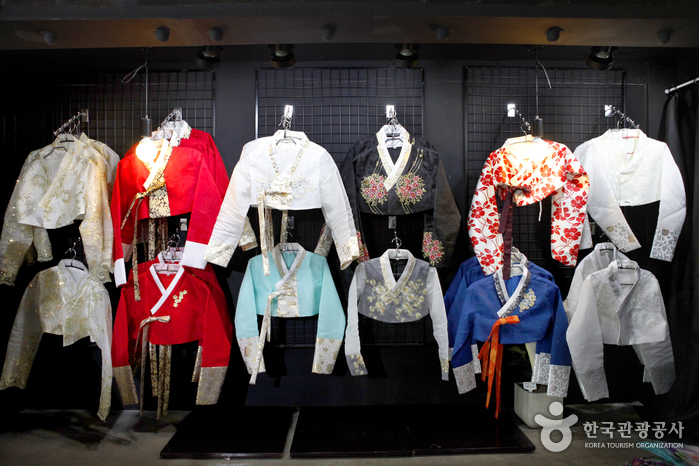
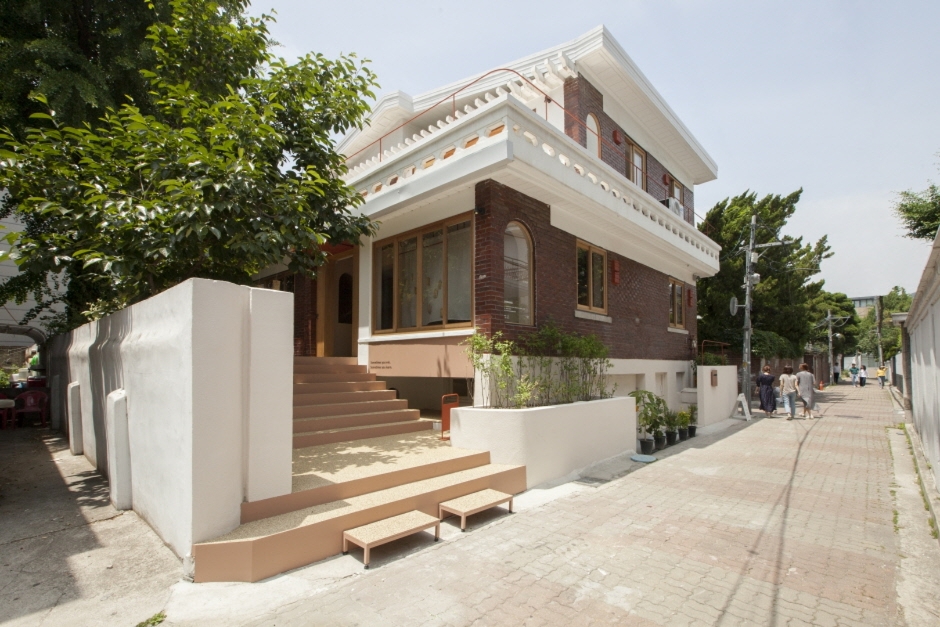
![Nuwa [Korea Quality] / 누와 [한국관광 품질인증/Korea Quality]](http://tong.visitkorea.or.kr/cms/resource/07/2707607_image2_1.jpg)
![STAY dayoff [Korea Quality] / 스테이 데이 오프 [한국관광 품질인증/Korea Quality]](http://tong.visitkorea.or.kr/cms/resource/96/2707596_image2_1.jpg)
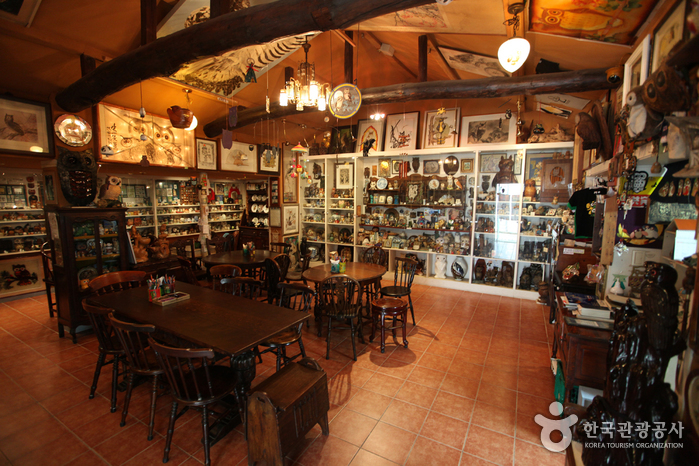
![Of one book and stay [Korea Quality] / 일독일박 [한국관광 품질인증/Korea Quality]](http://tong.visitkorea.or.kr/cms/resource/43/2707643_image2_1.jpg)
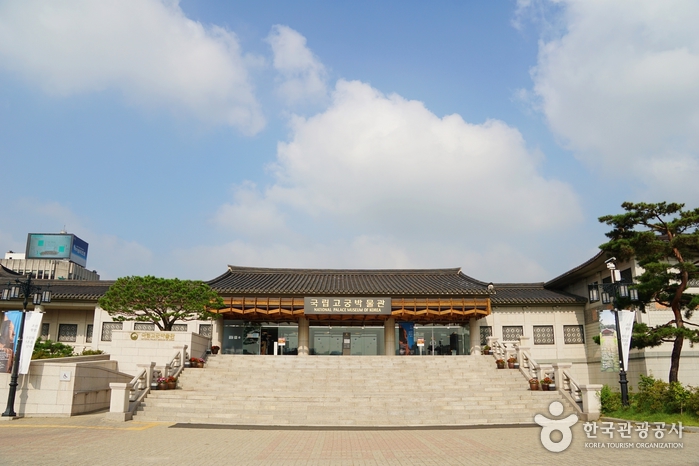
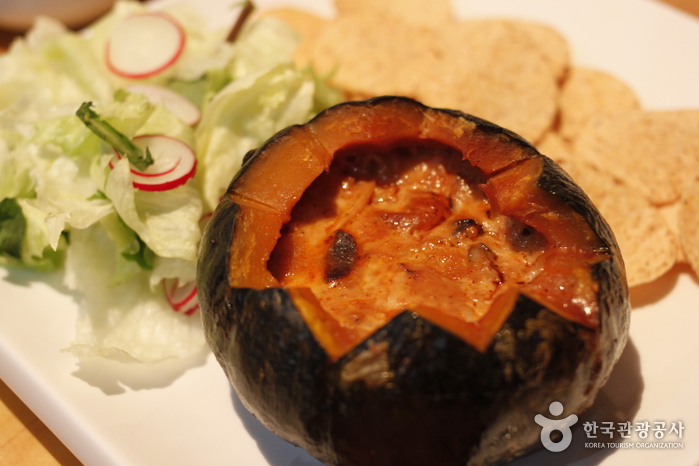
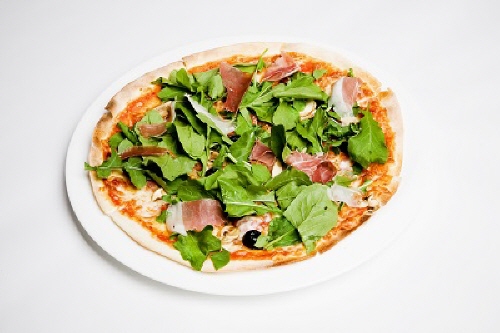
 Español
Español
 한국어
한국어 English
English 日本語
日本語 中文(简体)
中文(简体) Deutsch
Deutsch Français
Français Русский
Русский